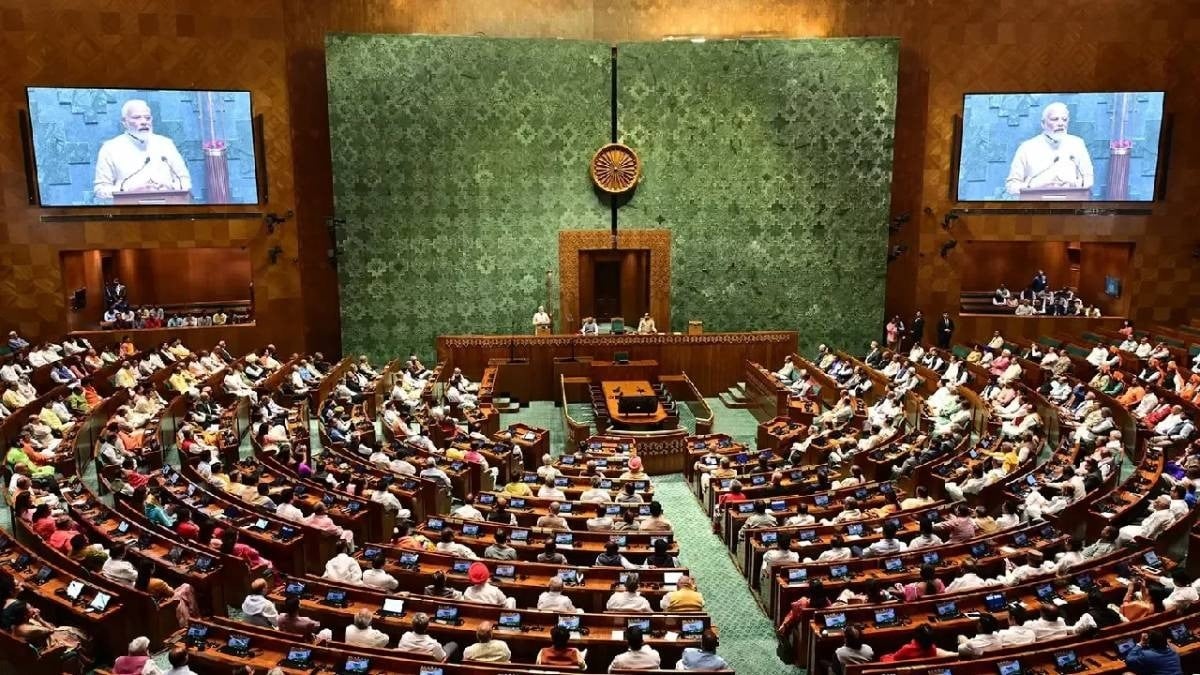In an era marked by increasingly sophisticated aerial threats, the necessity for robust air defense systems is more paramount than ever. Nations worldwide are making substantial investments in advanced technologies to safeguard their airspace from potential adversaries. The role of air defense systems spans from intercepting incoming missiles to neutralizing hostile aircraft, forming the backbone of national security and promoting global stability.
As we approach 2025, grasping the capabilities and strategic advantages of these systems is vital in the shifting landscape of global defense. This discussion focuses on the top ten air defense systems expected to dominate the battlefield in 2025, featuring notable contenders such as Russia’s S-400 Triumph, the USA’s THAAD, Israel’s Iron Dome, and Europe’s Aster 30 SAMP/T.
Moreover, the emergence of innovative collaborations—like the Barak-8, developed jointly by Israel and India, and the MEADS program involving the USA, Germany, and Italy—underscores the significance of international partnerships in advancing air defense capacities. From the well-established MIM-104 Patriot to the cutting-edge David’s Sling and the S-300VM, this overview aims to provide a deep dive into the intricate realm of air defense systems.
S-400 Triumph (Russia)
Overview
The S-400 Triumph, developed by Almaz-Antey and designated SA-21 Growler by NATO, stands as Russia’s fourth-generation mobile surface-to-air missile system. Operational since 2007, it is engineered to engage various targets, including aircraft, UAVs, cruise missiles, and ballistic missiles. It succeeds the S-300 and remains pivotal to Russia’s air defense strategy.
Key Features
The S-400 employs a range of missiles—like the 48N6, 40N6, and the 9M96 series—to counter diverse aerial threats. Notably, its capabilities include:
- Engaging aerodynamic targets up to 400 km and ballistic targets up to 60 km.
- Advanced radar systems capable of tracking and engaging 36 targets simultaneously, utilizing technologies such as the 92N6E multi-function radar.
Performance
Despite strong capabilities, challenges in various conflicts have revealed vulnerabilities, prompting ongoing assessments of its effectiveness in contemporary warfare. Its deployments in strategic locations and sales to countries like China and India highlight its global footprint.
David’s Sling (Israel)
Overview
David’s Sling, initially termed Magic Wand, is a formidable air defense system fully operational since 2017. Jointly developed by Rafael Advanced Defense Systems and Raytheon, it aims to intercept threats ranging from enemy aircraft to tactical ballistic missiles and drones.
Key Features
Featuring the Stunner missile enriched with sophisticated sensors and control systems, the system is noted for its precise targeting abilities via an active electronically scanned array (AESA) radar.
Performance
The system has successfully engaged various threats, with notable interceptions during the 2023 Israel-Hamas conflict, establishing its reliability and critical role in Israel’s layered missile defense strategy.
THAAD (USA)
Overview
The Terminal High Altitude Area Defense (THAAD) system, developed by Lockheed Martin, is integral to the U.S. ballistic missile defense framework. It specializes in neutralizing short, medium, and intermediate-range ballistic missiles through a hit-to-kill approach.
Key Features
THAAD boasts a mobile architecture, including a truck-mounted launcher and one of the most advanced radar systems, AN/TPY-2. Its operational capabilities include:
- Interceptors carried per launcher with rapid reload efficiency.
- Proven precision demonstrated through an impeccable test record.
Performance
Since its deployment in 2008, THAAD has been successfully operational in various strategic locations, achieving pivotal interceptions in real-world incidents, especially against ballistic missile threats.
Patriot MIM-104 (USA)
Overview
Deployed predominantly by the U.S. Army, the Patriot MIM-104 has undergone significant evolution from its anti-aircraft origins to countering a broader array of threats, including ballistic and cruise missiles.
Key Features
Its architecture allows for rapid deployment and includes advanced radar technologies for target tracking and identification.
Performance
The Patriot’s successful engagements since its combat debut during Operation Desert Storm have maintained its standing as a vital defense asset in modern military arsenals.
Aster 30 SAMP/T (Europe)
Overview
Developed by the Eurosam consortium, the Aster 30 SAMP/T provides comprehensive land-based air defense against various aerial threats.
Key Features
It incorporates advanced missile technology, enabling engagements at different altitudes and distances while employing state-of-the-art radar systems for tracking.
Performance
The system has been actively involved in operational evaluations, proving its capability to neutralize intricate threats while ensuring the protection of critical assets.
HQ-9 (China)
Overview
The HQ-9 is China’s premier regional air defense missile system designed to counter diverse aerial threats.
Key Features
With impressive specifications in length, speed, and engagement capabilities, the system is adaptable across various combat scenarios.
Performance
Operationally, the HQ-9 has proven flexibility and effectiveness, reinforcing China’s commitment to developing a formidable air defense posture.
Iron Dome (Israel)
Overview
Iron Dome is an innovative mobile air defense system developed to intercept short-range threats, particularly effective against rocket attacks from areas like Gaza and Lebanon.
Key Features
Equipped with an advanced radar system for tracking and calculating trajectories, Iron Dome has proven deployment flexibility within Israel’s broader defense strategy.
Performance
With a remarkable success rate in intercepting numerous threats, Iron Dome has significantly contributed to minimizing civilian casualties and infrastructure damage, establishing itself as a cornerstone of Israeli defense.
Barak-8 (Israel/India)
Overview
Barak-8 is a joint development effort to address a wide range of aerial threats, including UAVs and cruise missiles.
Key Features
The system’s versatility allows deployment in various environments, combining advanced missile technology with comprehensive radar systems.
Performance
Integrated within both Israeli and Indian defense frameworks, Barak-8 has showcased its effectiveness against diverse aerial threats through successful engagements.
MEADS (USA/Germany/Italy)
Overview
The Medium Extended Air Defense System represents a collaborative effort aimed at replacing older air defense systems to enhance NATO capabilities.
Key Features
Its design focuses on mobility, robust coverage, and the ability to engage a wide array of threats through advanced technologies.
Performance
MEADS has demonstrated promising capabilities in intercept trials, showcasing operational flexibility in modern warfare environments.
S-300VM (Russia)
Overview
The S-300VM is a sophisticated air defense system recognized for its capacity to counter different aerial threats, including ballistic and various guided munitions.
Key Features
Its features allow for multi-target engagement with enhanced automated systems for optimal command and control.
Performance
With robust capabilities, the S-300VM is designed for rapid operational readiness, reflecting Russia’s commitment to maintaining strong air defense measures.
Conclusion
The discussion of the leading air defense systems as we transition into 2024 highlights the ongoing evolution and strategic necessity of these technologies. As nations continue to refine their defense strategies in response to emerging aerial threats, air defense systems will remain vital to ensuring national security and stability.
Such developments illustrate not only technical advancements but also the importance of international collaborations in bolstering defense technologies. The evolving field of air defense, characterized by dynamic threats and strategic imperatives, will remain a focal point for continued research, innovation, and international cooperation. The enduring importance of air defense in shaping global military strategy cannot be overstated, as nations increasingly rely on these systems to safeguard their airspace and maintain peace.










